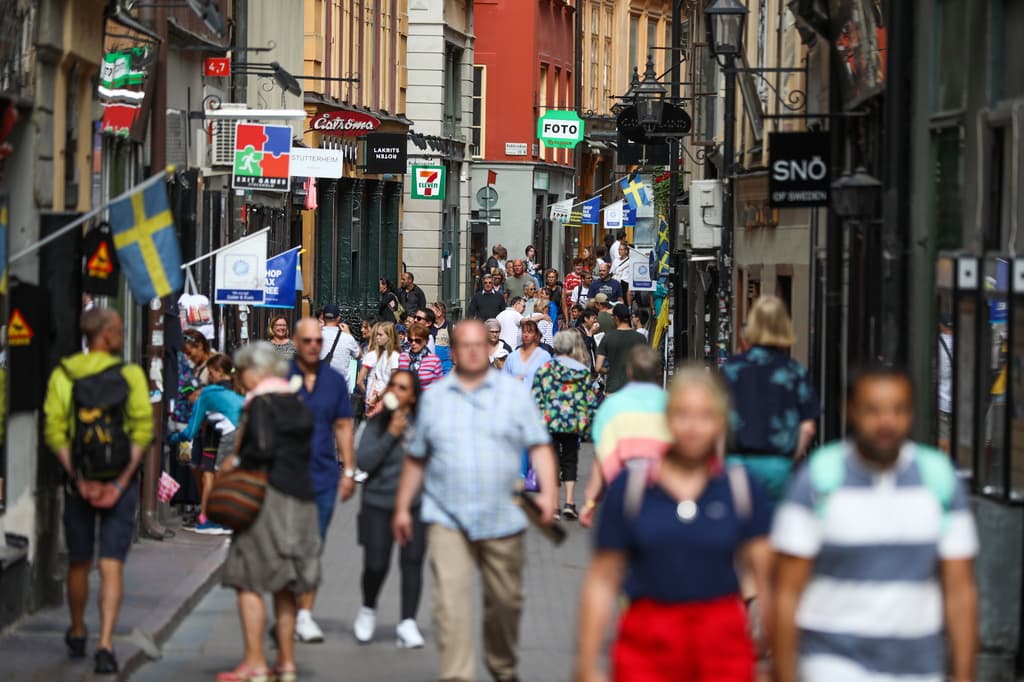Sweden's economy continues to develop weakly with low growth and pressured households.
The picture is reinforced that we will soon see the second interest rate cut, says Andreas Wallström, forecast chief at Swedbank.
GDP increased marginally in May and has decreased slightly compared to a year earlier, according to a preliminary so-called GDP indicator from the Statistics Sweden (SCB).
Especially in household consumption, we have seen a weak development over several years, in connection with rising inflation and interest rates. We do not see a turnaround there, despite inflation having fallen back and interest rates having come down a bit, says Andreas Wallström.
But as interest rates continue to fall, we expect consumption to turn upwards in the autumn.
The situation in industry is worrying
The situation for industry is more worrying, notes Andreas Wallström. The total order intake did take a step up in May compared to April, but on an annual basis, the decline is noticeable.
Normally, production follows order intake well, so this bodes ill for industry as a whole. The trend is weak.
For those who hope for new cuts in the repo rate, the development in the Swedish economy is overall good news.
The Swedish Central Bank lowered the interest rate in May, which was the first time in eight years. According to the bank's forecast, two or three more cuts are expected this year.
The continued weakness in the economy that we see reinforces the picture that we will soon see the second interest rate cut, namely in August, says Andreas Wallström.
"A risk factor"
The Swedbank economist emphasizes at the same time that the situation in industry is a real concern. The same falling trend is also seen in, for example, Germany, Sweden's important trading partner.
Most people have the picture that we are heading towards brighter times, driven by lower interest rates, but this is a risk factor for the economy.
Sweden's GDP increased by 0.1 per cent in May compared to April, according to the GDP indicator from SCB.
Compared to a year earlier, the Swedish economy decreased by 0.2 per cent.
The order intake to Swedish industry increased by 7.8 per cent in May compared to the previous month. On an annual basis, the order intake fell by 8.9 per cent and industrial production by 2.9 per cent.
Household consumption decreased by 0.4 per cent in May compared to April. On an annual basis, the decline is 0.9 per cent.
Source: Statistics Sweden (SCB)





